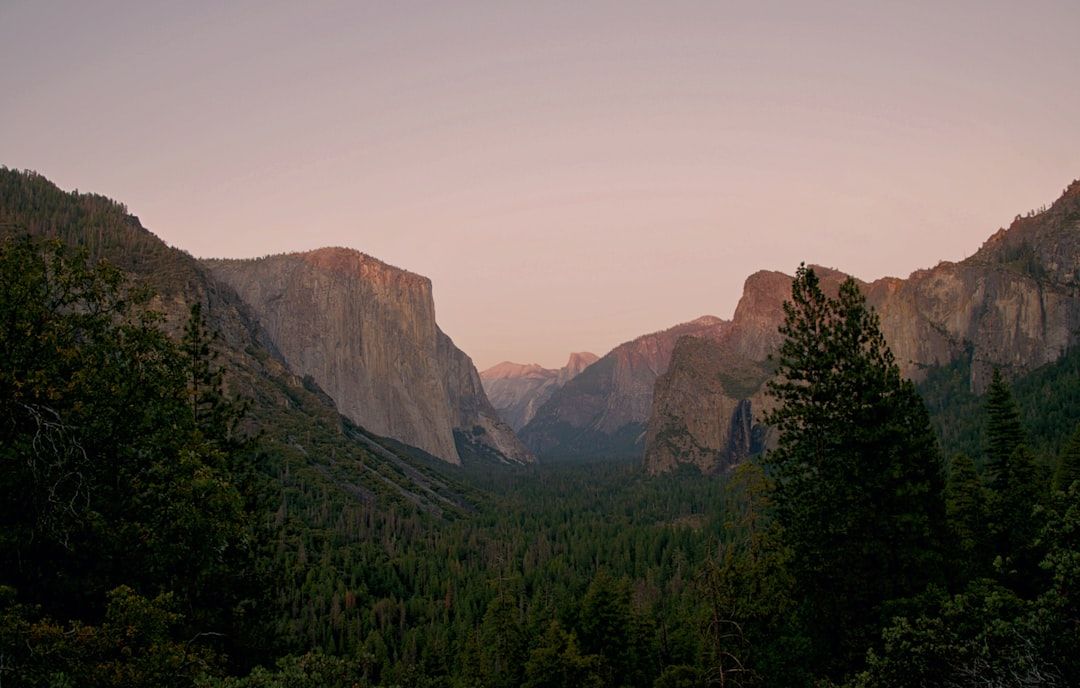(UNITED STATES) The Trump Administration will sharply raise national park costs for millions of foreign visitors from January 1, 2026, under a new “America-First” pricing policy that adds a $100 per-person surcharge for international tourists at 11 of the country’s most famous parks and more than triples the cost of the America the Beautiful pass for non‑residents. The move, announced by Interior Secretary Doug Burgum, is framed as a way to keep access cheaper for U.S. taxpayers while asking foreign visitors to shoulder more of the cost of maintaining iconic sites such as the Grand Canyon, Yellowstone, and Yosemite.
What the policy changes

- International surcharge: International tourists will pay an extra $100 per person on top of standard entrance fees at selected high‑demand parks.
- America the Beautiful pass pricing: The annual pass will cost $250 for non‑U.S. residents, compared with $80 for U.S. residents.
- Scope: The Interior Department says the surcharge will apply at 11 popular national parks, though it has not publicly listed the full set beyond examples such as the Grand Canyon, Yellowstone, and Yosemite.
- Estimated revenue: Officials estimate the new pricing structure will generate over $90 million annually to support park maintenance and improvements.
Administration rationale
Supporters inside the administration present the policy as a fairness measure for U.S. taxpayers who fund the parks through federal taxes. Their key arguments:
- Charging international tourists substantially more will “make national park access more affordable for U.S. taxpayers.”
- The added funds—estimated at more than $90 million a year—will be directed toward maintenance, repairs, and improvements to park facilities.
- Officials say the changes fit a broader America‑First approach ordered by President Donald Trump in a July executive order calling for higher fees and preferential treatment for U.S. residents in recreational access rules.
Fee‑free days and resident-only privileges
- Fee-free days will now be partly restricted. Certain fee-free days and access privileges will be reserved only for American residents, meaning international visitors will pay even when U.S. citizens and permanent residents enter at no charge.
- The Interior Department plans to introduce resident-only fee-free days on the 110th anniversary of the National Park Service and on selected holidays in 2026, including Flag Day, which also marks President Trump’s birthday.
The policy signals a two‑tiered approach: cheaper relative access and perks for residents, and higher charges for foreign visitors—explicitly tied to an “America‑First” message.
Practical impacts and concerns
Many observers raise practical and economic concerns:
- Tourism and travel groups worry the higher costs will further discourage overseas travel to the United States 🇺🇸 at a time when declining overseas tourism is already a concern.
- The policy itself acknowledges it comes “amid declining overseas tourism,” yet it raises costs for the very group it expects to generate added revenue from.
- For families visiting from abroad, costs add up quickly. Example:
- A group of four would face $400 in surcharges before regular entrance fees.
- If they choose the America the Beautiful pass, they would pay $250 per pass as non‑residents instead of the $80 price available to Americans.
Some immigration and travel policy observers interpret the move as a broader signal about who is welcome and on what terms. Analysis by VisaVerge.com notes that measures singling out foreign visitors for higher fees are often read internationally as an indicator of broader openness. Even without changing visa rules, higher price barriers can affect:
- How long visitors stay
- Which parks they choose
- Whether they decide to make a trip at all
Operational challenges for parks and local communities
The new structure raises practical questions for park staff, gate operations, and nearby communities:
Be aware of the two-tier system and potential gate delays. Increased checks and resident-only fee-free days could slow entry and complicate pricing at busy entrances.
- Rangers and concession workers will have to distinguish quickly between U.S. residents and visitors from abroad to apply the surcharge and enforce resident-only fee-free days.
- Expect more document checks at entrances and more complex pricing explanations at already busy gate lines.
- Towns and small businesses that depend on foreign spending around parks such as Yellowstone and Yosemite could feel economic effects if some travelers cut visits short or skip parks because of higher costs.
Political context
In Washington, the move continues a pattern of Trump‑era policies prioritizing citizens in access to public goods and services, including recreation. The America‑First branding on national park pricing aligns with that political message.
- The Interior Department emphasizes U.S. residents will still be able to buy the America the Beautiful pass at $80.
- Charging non‑residents more than triple that amount for the same product is a clear example of a two‑tiered fee system based on residence status in the recreation sphere.
Where to find official information
The National Park Service remains responsible for implementing the changes on the ground. For current, general information on existing fee levels and pass options, consult official resources:
Check the latest official details on which parks impose the surcharge and the current non-resident pass price on the NPS site before booking any trips.
For now, the administration is betting that international tourists will continue visiting even when asked to pay much more, and that U.S. residents will welcome cheaper relative access and resident-only perks at the country’s best‑known parks.
Starting Jan. 1, 2026, the administration will add a $100 per-person surcharge for international visitors at 11 major national parks and raise the America the Beautiful pass to $250 for non‑residents (U.S. residents pay $80). Officials say the measure will generate over $90 million annually for maintenance and prioritize access for U.S. taxpayers. Critics worry higher costs will deter overseas visitors and harm local economies near parks.













